Air Operations, Bismarcks - More than 90 V Bomber Command B-24s and B-25s attack Japanese Army bivouac areas at Cape Gloucester. V Fighter Command P-40s attack coastal targets of opportunity.
- 3rd Light Bomb Group A-20s attack targets in the Arawe area.
[  | |   ] ]
Air Operations, CBI
CHINA
- 11 11th Medium Bomb Squadron B-25s and 14th Air Force P-40s attack rail facilities at Yoyang.
[  | |   ] ]
Air Operations, Europe The 8th Air Force drops 1,200 tons of bombs on Bremen.
RAF BOMBER COMMAND
- Three nights of rest have been given to Bomber Command crews after the bad weather landings. Lancasters and Halifaxes are sent on a major raid to Frankfurt while a smaller raid hits Mannheim. The German fighter force is up in force causing Bomber Command to lose 41 aircraft. The raid on Mannheim has no effect in diverting German fights from the main effort. The German fighters assemble with radio beacons of flashing light beacons and simply wait for the bomber stream to arrive. About 2,000 tons of bombs are dropped on the Frankfurt raid.
8th AIR FORCE
GERMANY:
- 357 VIII Bomber Command B-17s, 103 B-24s, and 12 pathfinder B-17s attack the Bremen port area.
- 27 heavy bombers are lost
- Bomber escort is provided by 26 P-38s, 47 P-51s, and a record 418 P-47s, which down 19 Luftwaffe aircraft over the Netherlands and northern Germany between 1125 and 1245 hours.
9th AIR FORCE
FRANCE:
- 35 or more of more than 150 IX Bomber Command B-26s dispatched against several V-weapons construction sites attack a V-weapons site in northern France, but the rest are thwarted by heavy cloud cover.
12th AIR FORCE
ITALY:
- XII Air Support Command A-36s and P-40s attack numerous tactical and transportation targets in central Italy.
15th AIR FORCE
BULGARIA:
- Approximately 30 15th Air Fokrce B-24s attack marshalling yards at Sofia.
- 82nd Fighter Group P-38 escorts down 4 Luftwaffe fighters over the target about 1250 hours.
GREECE:
- 15th Air Force B-17s attack the Athens/Eleusis Airdrome. 14th Fighter Group P-38 escorts down 8 Bf-109 and 1 FW-190 over the target about 1240 hours.
[  | |   ] ]
Air Operations, Marshalls 16 VII Bomber Command B-24s based at Baker Island and Nonomea attack the Maloelap Atoll. 3 B-24s are downed by Japanese Navy fighters.
[  | |   ] ]
Air Operations, New Guinea V Bomber Command B-25s and B-26s attack Alexishafen and bivouacs in the Finschhafen area.
[  | |   ] ]
Air Operations, Solomons - 13 42nd Medium Bomb Group B-25s attack Korovo and dock facilities in the Shortland Islands, 8 B-25s attack Buka, and AirSols fighters strafe Kieta and Tenekow.
- Throughout the day and during the evening and night, US Navy PVs attack numerous targets of opportunity throughout Bougainville.
[  | |   ] ]
Allied Command A unified air command for the Mediterranean is set up under the title of Mediterranean Allied Air Force. It covers the RAF units, including those stationed in the Middle East, all American air formations stationed in North Africa and occupied Italy and the French and Italian air forces operating in the theater and will have operational control over all Allied air forces operating in the Mediterranean Theater of Operations. Commander-in-Chief is Air Chief Marshal Sir Arthur Tedder, with the American Gen Carl Spaatz as his deputy. The reorganization disbands the Mediterranean Air Command and North African Air Force (NAAF) and creates a subordinate component called US Army Air Forces, North African Theater of Operations (USAAFNATO) under command of Gen Carl Spatz, who has administrative control of the 12th and 15th Air Forces.
[  | |   ] ]
Battle of the Atlantic Aircraft (VC-19) from the US escort carrier Bogue (CVE-9) sink the German submarine U-850 in the mid-Atlantic area.
U-850|
| Class | Type IXD2 |
| CO |
Fregattenkapitän Klaus Ewerth |
| Location |
Atlantic, N of Madeira |
| Cause |
Air attack |
| Casualties |
56 |
| Survivors |
None |
[  | |   ] ]
Bougainville The Americal Division, commanded by Maj-Gen John R. Hodge, relieves the 3rd Marine Division. XIV Corps commander, Maj-Gen Oscar W. Griswold, officially relieves Maj-Gen Roy S. Geiger and I Marine Amphibious Corps.
[  | |   ] ]
China In reply to Chiang Kai-shek's message of the 17th, Pres Roosevelt confirms that the US is giving consideration to the grant of a loan to China, and invites his ally to play his part in the struggle for the recapture of Burma. The United States will do everything in its power to reopen the Burma Road, which among other things would give greater security to the American pilots who are at present flying between India and China over enemy territory. Chiang replies that the Chinese will go over to the attack only if the British and Americans succeed in recapturing the Andaman Islands, Rangoon or Moulmein. If Mandalay or Lashio can be retaken, the Chinese will take part in the Burma campaign without insisting, as they have previously, that the Allies mount a big combined operation across the Bay of Bengal.
[  | |   ] ]
Eastern Front
SOUTHERN SECTOR
The lengthy battles in the Ukraine since the end of September has cost the Soviet armies dear. Koniev's 2nd Ukrainian Front has lost 77,400 killed and missing and 226,000 wounded, the 3rd Ukrainian 34,000 and 132,000 respectively, and the 4th Ukrainian 61,000 killed and 222,000 wounded.
[  | |   ] ]
Italy The plans for a combined operation on the Tyrrhenian coast are cancelled on account of the slow progress being made against the German defenses along the winter line and a shortage of landing craft.
Units of the II Corps continue their attacks to clear the western slope of Monte Sammucro and reach their next objective, San Vittore. The 36th Division, in a night attack, fails in an attempt to clear Hill 730 and Morellos Hill.
In the British V Corps sector, on the Adriatic coast, the Canadian 1st Div reaches the outskirts of Ortona, where they are engaged in heavy fighting.
[  | |   ] ]
Pacific - Intensive air and naval activity in advance of the landing on Cape Gloucester, New Britain. Meanwhile the Americans find no great difficulty in consolidating their beachhead on the Arawe peninsula, though it proves useless both as a naval and as an air base.
- American air formations are transferred from New Caledonia to Stirling Island and the Russel Islands to support the coming landing.
- The Japanese destroyer Fuyo is sunk by the US submarine Puffer (SS-268) in the Philippine Islands area.
- The US submarine Gato (SS-212) sinks the Japanese transport Tsuneshima Maru (2926t) in the East China Sea.
[  | |   ] ]
Images from December 20, 1943
B-24 Damage from Bremen Mission
|
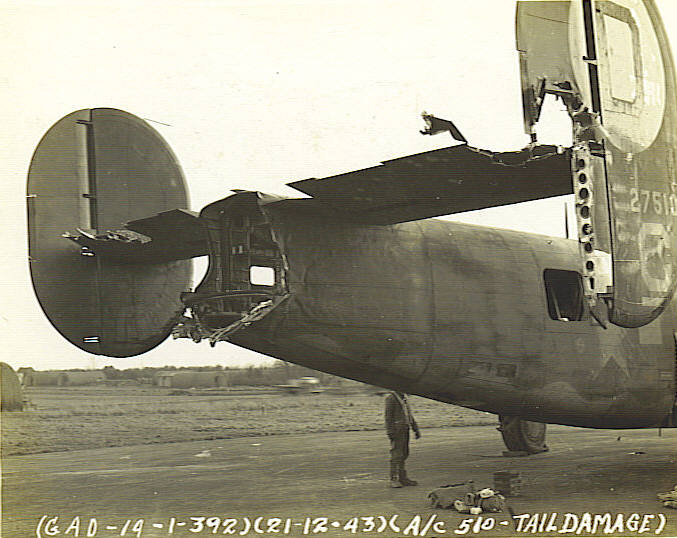 |
|
Destroyed Town of San Pietro
|
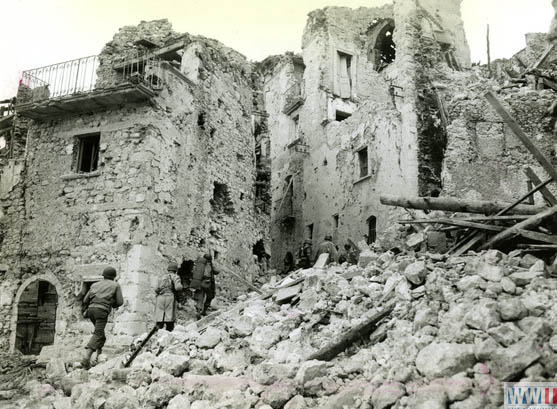 |
|
Two Sets of Brothers, in Venafro, Italy
|
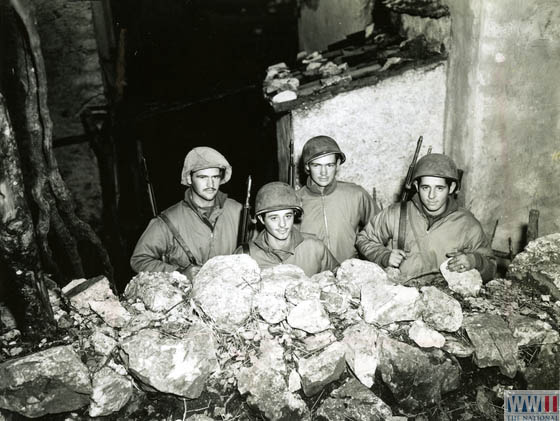 |
|
Clearing the Streets of Lauro
|
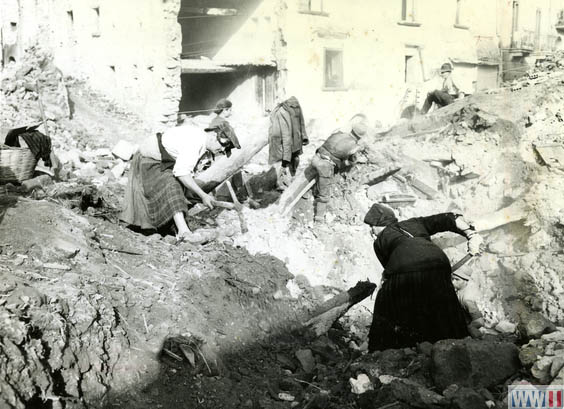 |
|
Walking through the Ruins of San Pietro
|
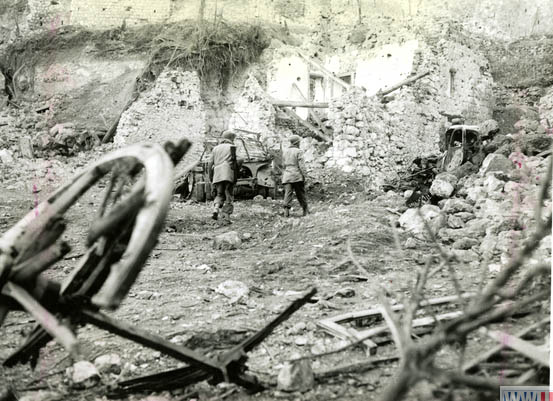 |
|
Taking Aim in the Battle of Ortona
|
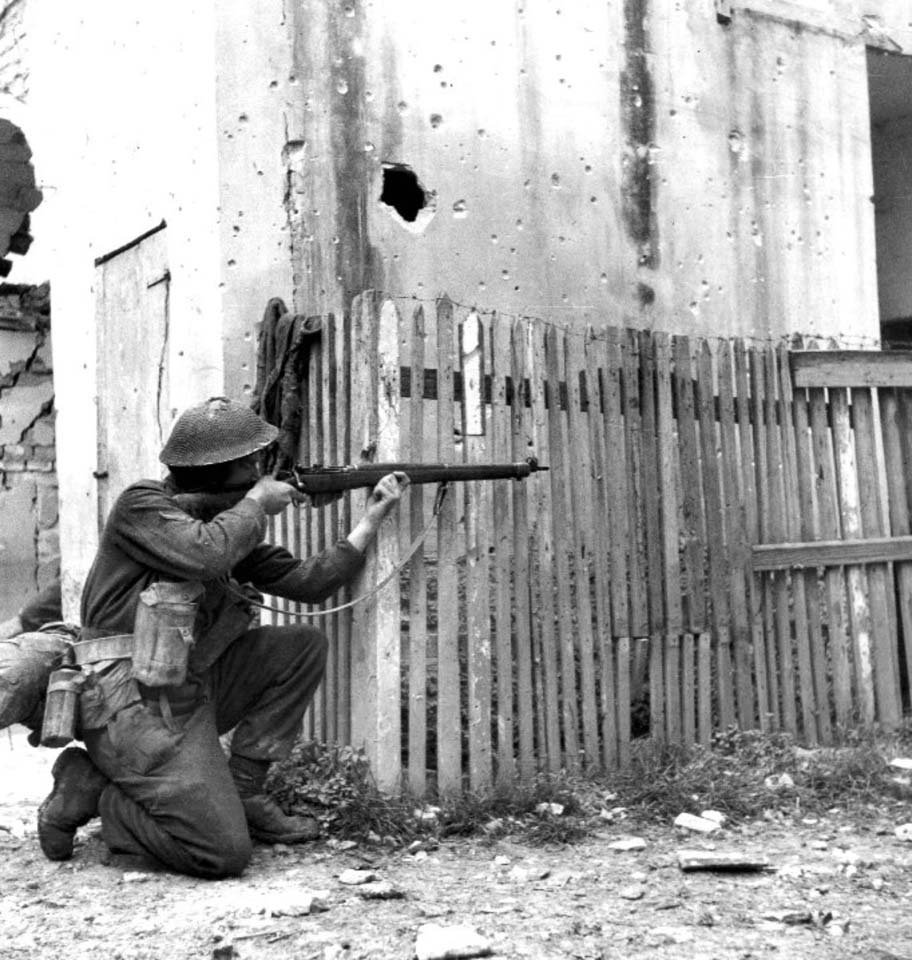 |
|
Australian Troops in Typical Jungle Terrain
|
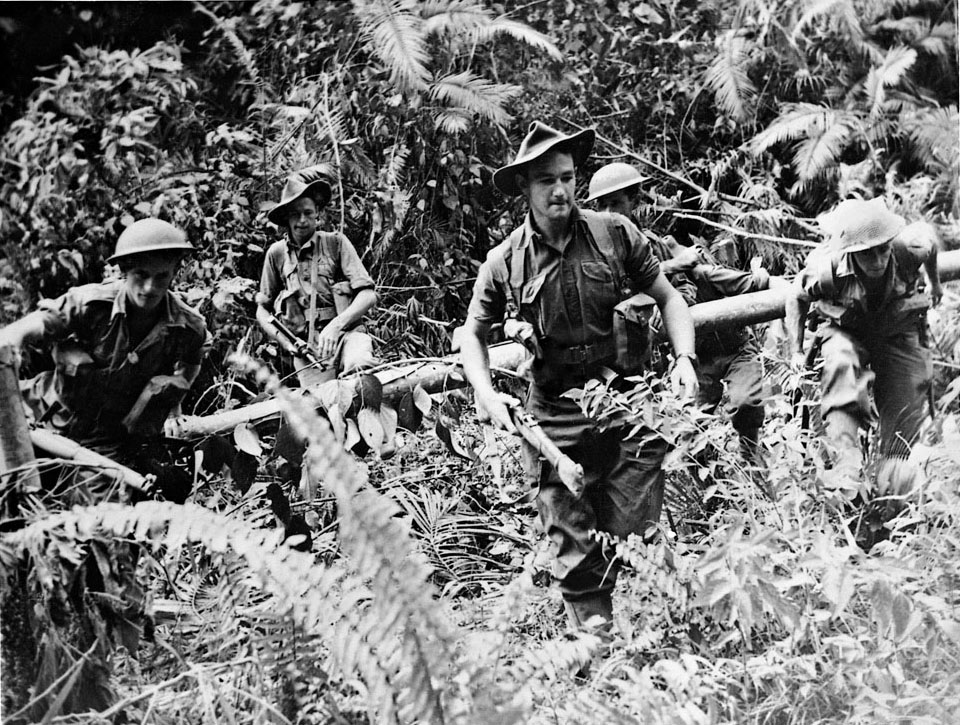 |
|
Royal Canadian Engineers Clearing a Minefield
|
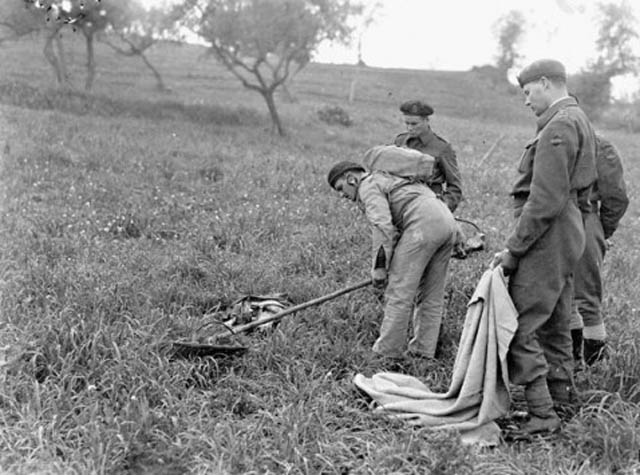 |
|
US Soldiers Reclaiming Tank
|
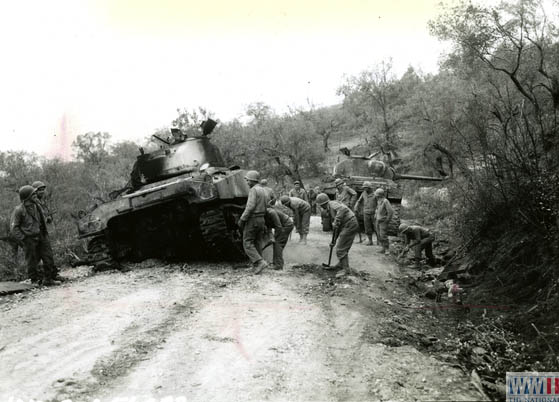 |
|
Examining a German Machine Gun
|
 |
|
The Charlie Brown and Franz Stigler Incident
|
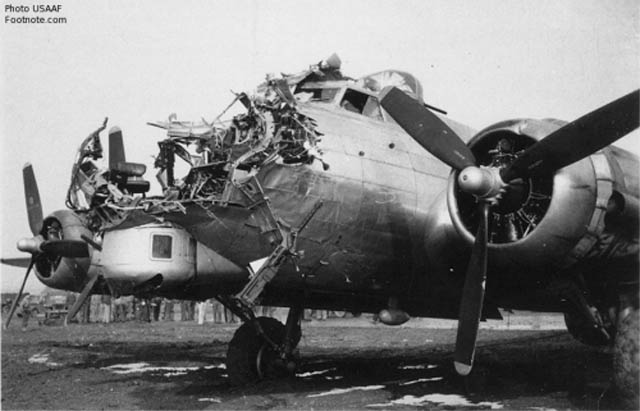 |
|
British General Sir Harold Alexander
|
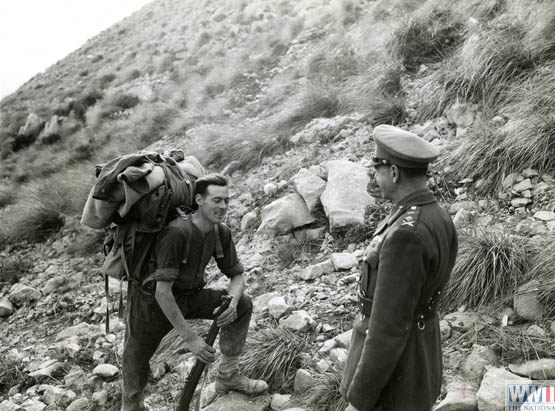 |
|
|











